“Hydrogen!” exclaimed Toyota Motor Corporation (TMC) President and CEO Akio Toyoda as he concluded a short interview with a video crew at the Chang International Circuit in Buriram, Thailand. He pumped a fist in the air, flashing that broad, affable smile he is known for, and readied to board the ORC Rookie GR Corolla H2 concept car that Rookie Racing and TMC fielded for the Idemitsu 1500 Super Endurance 2022 (or Thailand 25H Endurance Race) – a punishing event that surely taxes both the team of drivers and the car where they take turns at the wheel.
Even here, mere minutes from start of the race, Toyoda – or “Morizo” when he is in the driver’s seat – was swarmed by people; he is a rock star. Before proceeding to the track, he made an appearance in the media tent where he gamely stood on a chair, put his hands up, and waved (and smiled, of course) amid a din of clamoring press people and clicking cameras. The Toyota chief even posed for selfies.
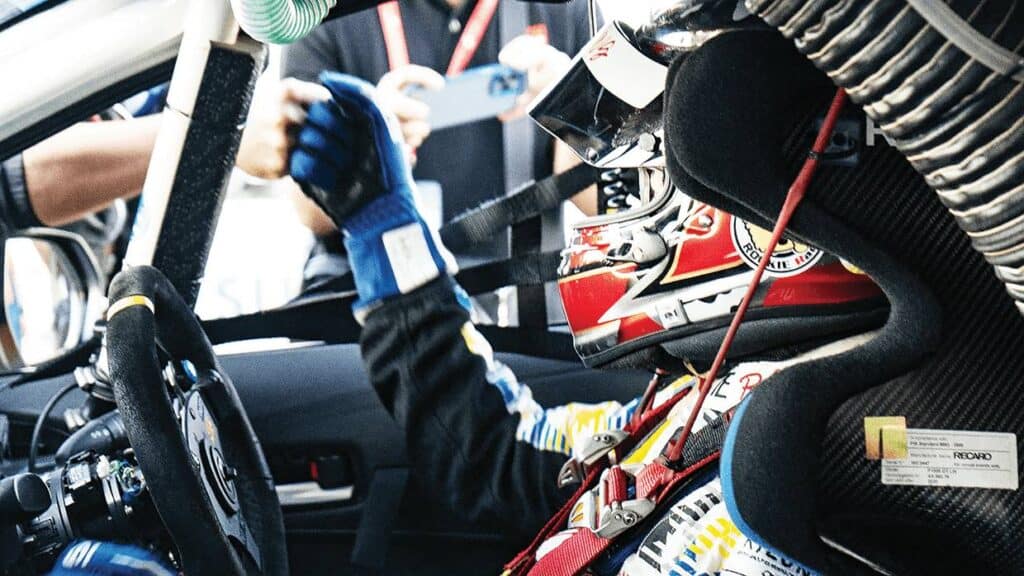
To clarify, the hydrogen-fueled GR Corolla, along with the GR86 CNF concept (a carbon-neutral fuel vehicle) that was fielded with it, did not run the entire 25 hours but “the first and last few hours of the race.” What was more important for Toyoda/Morizo, and the engineers and designers of the automaker, was to gather information and experience in further developing and perfecting the concept cars for mass production.
This was the first time either vehicle ran outside Japan. “Starting with our participation in the Thailand 25H Endurance Race, we strive to increase CN options in Asia, through motorsports,” said TMC in a release. At the ninth round of the World Rally Championship (WRC) in Ypres, Belgium last August and the 13th round of the WRC Rally Japan in November, Toyota deployed a GR Yaris H2 hydrogen engine vehicle under test development “to show European and Japanese rally fans the potential of hydrogen as an option for achieving (carbon neutrality).”
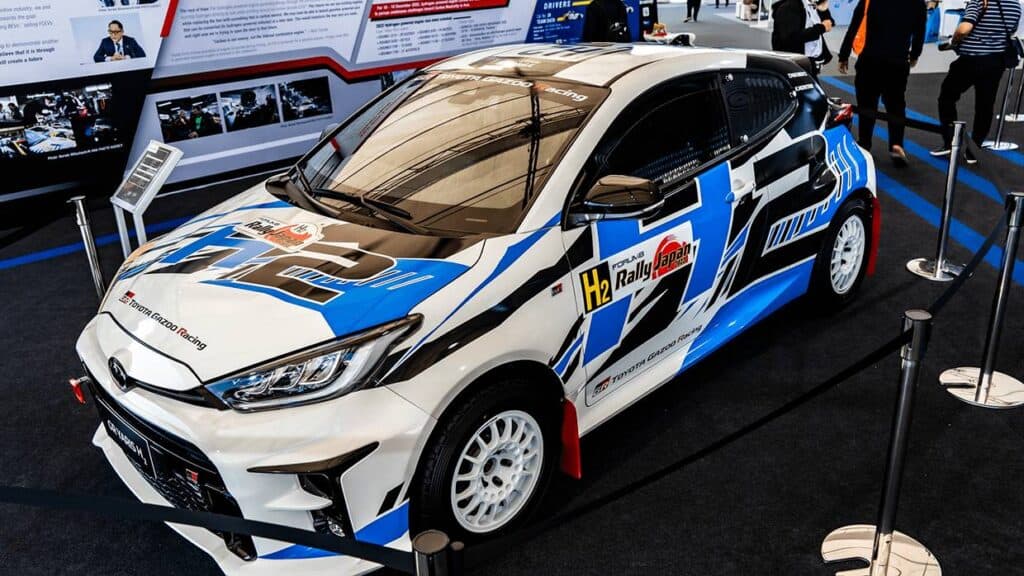
Carbon neutrality is a state of net zero carbon – where actions that redound in emissions are matched by ones to reduce or offset them. Compared to a “zero carbon” state, experts have declared that carbon neutrality is more realistic to aspire for to keep the “planet in an equilibrium.”
And while the general push toward the full electrification of mobility will indeed significantly yield headway toward reducing carbon emissions, it isn’t as straightforward as it looks. Fossil fuels aren’t exactly confined to your fuel tank. A lot of people have made the point that a true and complete appraisal of electric vehicles (EVs) and their impact should also examine how a grid produces the electricity in the first place. Where and while coal-fired plants remain the norm means the power produced is “dirty.”
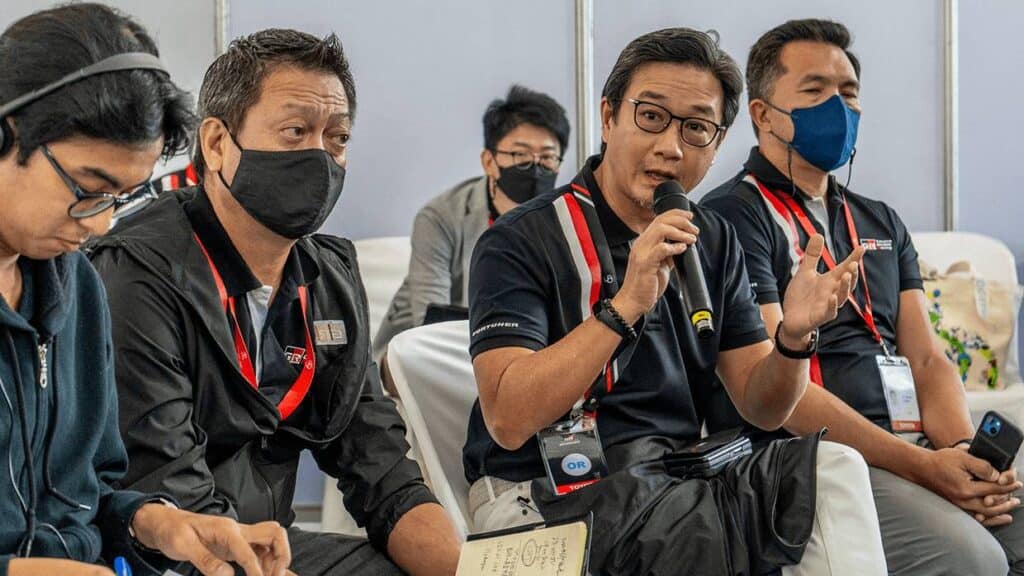
Toyoda, as I mentioned in my previous article, said that Toyota does not espouse a “one-size-fits-all approach to (its) products and powertrains,” and stressed that people “need to be realistic about when society will be able to fully adopt battery electric vehicles and when… infrastructure can support them at scale.”
He quipped, “Just like the fully autonomous cars that we were all supposed to be driving by now, I think BEVs are just going to take longer to become mainstream than the media would like us to believe. And frankly, BEVs are not the only way to achieve the world’s carbon neutrality goals. Personally, I would rather pursue every option, not just one,―options such as emission-free synthetic fuels and hydrogen. I still believe hydrogen is as promising a technology for our future as BEV.”
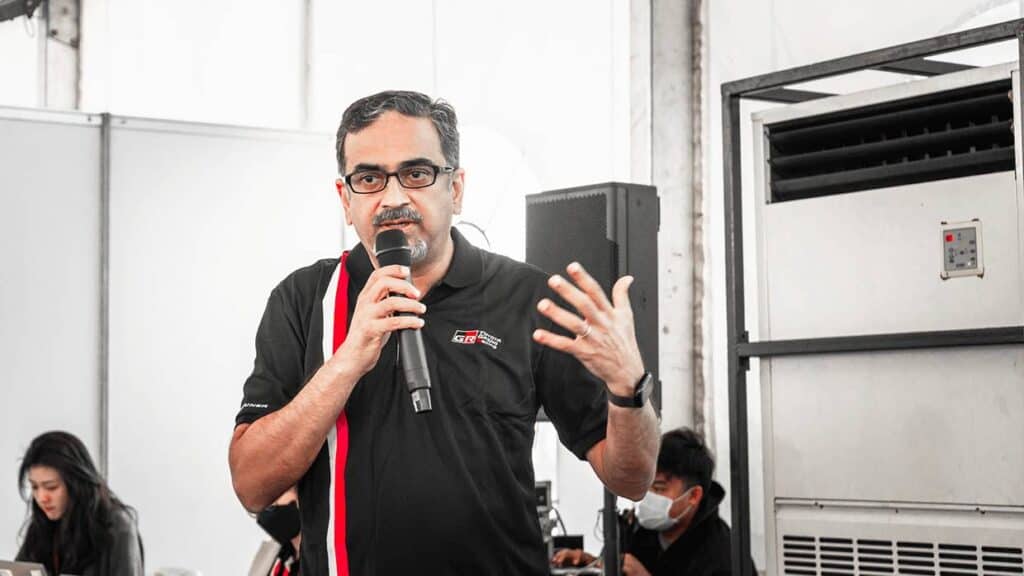
Obviously, because of Toyota’s sheer girth and myriad of price points and markets, it behooves the brand to make its offerings both feasible and accessible – not just for early adopters and those who can afford the price of admission.
So Toyota is serving a buffet of environment-friendly options – from traditional hybrids to plug-ins, to battery electrics like the bZ4X and, yes, hydrogen-powered options like the Mirai and the aforementioned concept vehicles. “A few months ago, I was in Belgium for the WRC race and I drove our new Hydrogen-powered Yaris for the press and public. This was my first time driving it and I was blown away by its performance,” shared Toyoda in his speech at the Queen Sirikit National Convention Center in Bangkok.
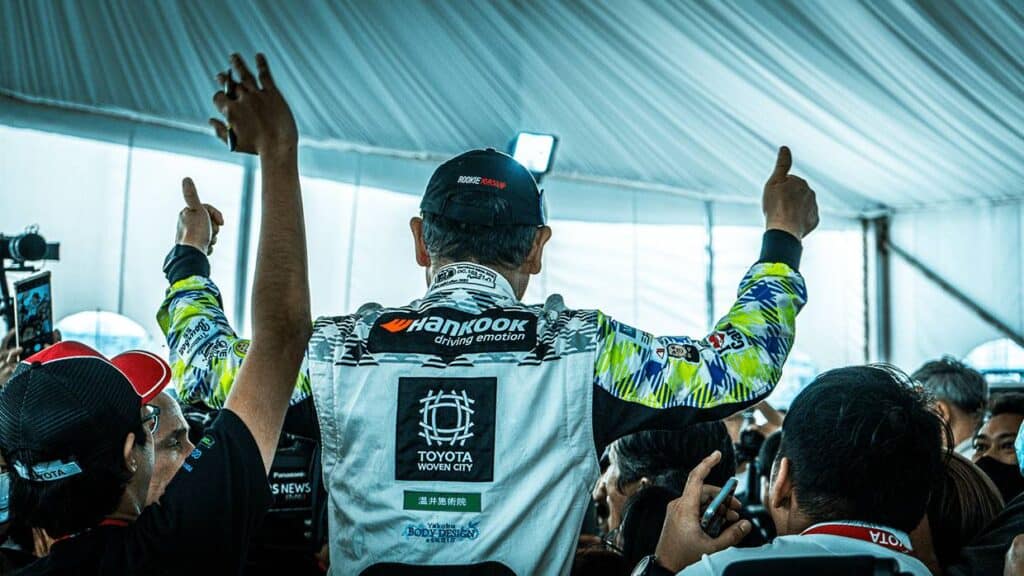
Why hydrogen? For one thing, there’s no harmful emission involved. The only byproduct is water. Yes, water. Second, the vehicle is not limited by the battery’s capacity. Testing of the Mirai in other markets have yielded an eye-popping maximum of more than 1,000 kilometers on a full tank of hydrogen (the record is 1,352 kilometers, set in the US). Third, Toyota said that technology has evolved so much that hydrogen is now extremely safe to transport, store, and use. Hydrogen can also be extracted readily from the environment — from water, from biomass (think livestock manure), and other sources. Hydrogen is simply available everywhere. “It is the Swiss army knife of energy,” according to Toyota Daihatsu Engineering and Manufacturing Co. Ltd. Executive Vice President and Chief Information Security Officer Pras Ganesh.
The enemy after all, maintained Toyoda, is not a specific kind of powertrain but carbon itself.
Having multiple pathways to ending the dumping of carbon into the atmosphere is not a bad thing. If fact, offering customers the power of choice – whether HEV, PHEV, BEV, FCEV, HiCEV or bio-fuels – allows them to choose green more easily, as it respects the “economic circumstances, energy source, charging infrastructure readiness, industrial polices, and usage needs” wherever they may be.

